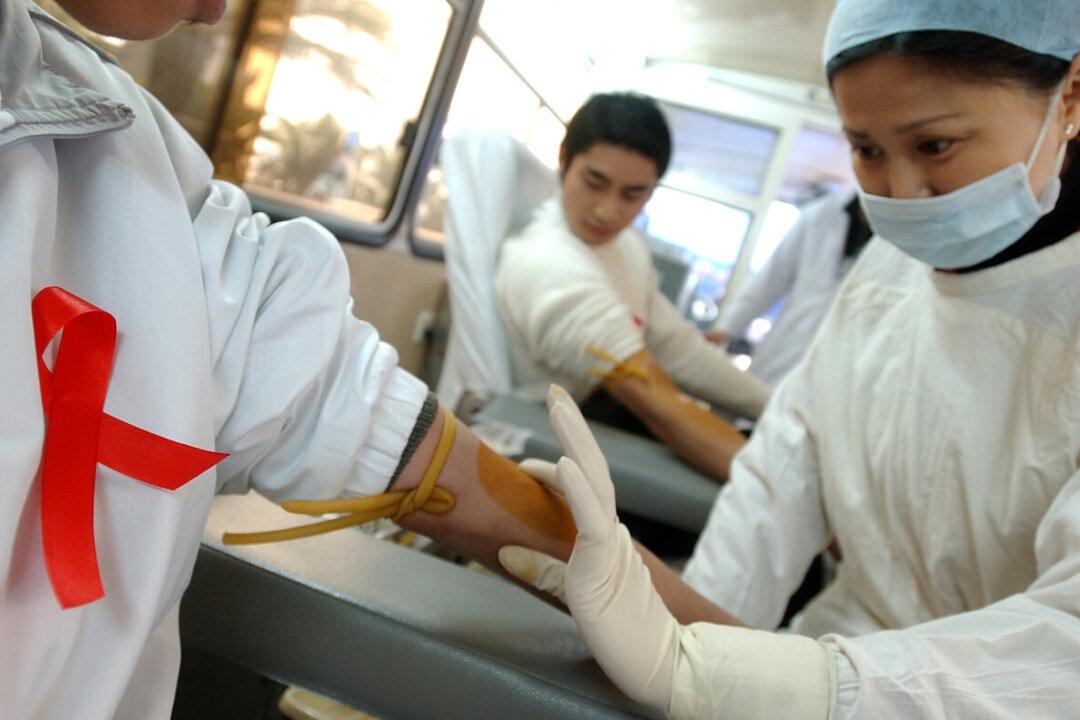In the wake of the ongoing outbreak of respiratory contagious disease, multiple Chinese officials released data showing that AIDS (acquired immunodeficiency syndrome) infection rates are increasing, adding to the complexity of China’s epidemic.
AIDS is a highly lethal infectious disease caused by HIV (human immunodeficiency virus). The virus can devastate the body’s immune system, leaving patients vulnerable to other infections and illnesses, even promoting malignant tumors. HIV spreads through blood, semen, breast milk, and other bodily fluids.




